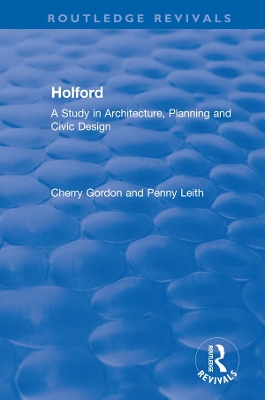Routledge Revivals
2 total works
Originally published in 1996 Rural Change and Planning describes the turbulent changes that have occurred in rural England and Wales since the outbreak of the First World War. The book describes the changes from an agriculturally-dominated countryside to one which has had to increasingly adapt to urban pressures. Looking at the changes chronologically, the book provides an integrated history of rural planning in the twentieth century and the developments which have taken place within the State, which has facilitated those changes. The book looks at the social and economic impacts of two world wars on agricultural communities, and the pressures of industry, new settlements and the effects of recreation on rural landscapes.
Originally published in 1986 Holford is not just a biography of a major architect, planner and civic designer. In describing the life and times of the man, the authors provide a fascinating analysis of the developments in British architecture and planning from the 1930s to the 1970s. The book explains the story of a wartime policies for post-war reconstruction and examines policies which have had a major influence on the shaping of modern towns and cities. Holford’s involvement in planning in the post-war period shows how gradually the concept of ‘civic design’ has been discarded to the detriment of the urban landscape. His position in the thick of development conflicts, such as that of Piccadilly, have much to tell us about the workings of developers and planning authorities, and the failings of the planning system in the pressures for growth in the 1960s. In this key period of British architectural and planning history, Holford was a leading actor, and describing his role the book provides a very readable account of a little explored area.

